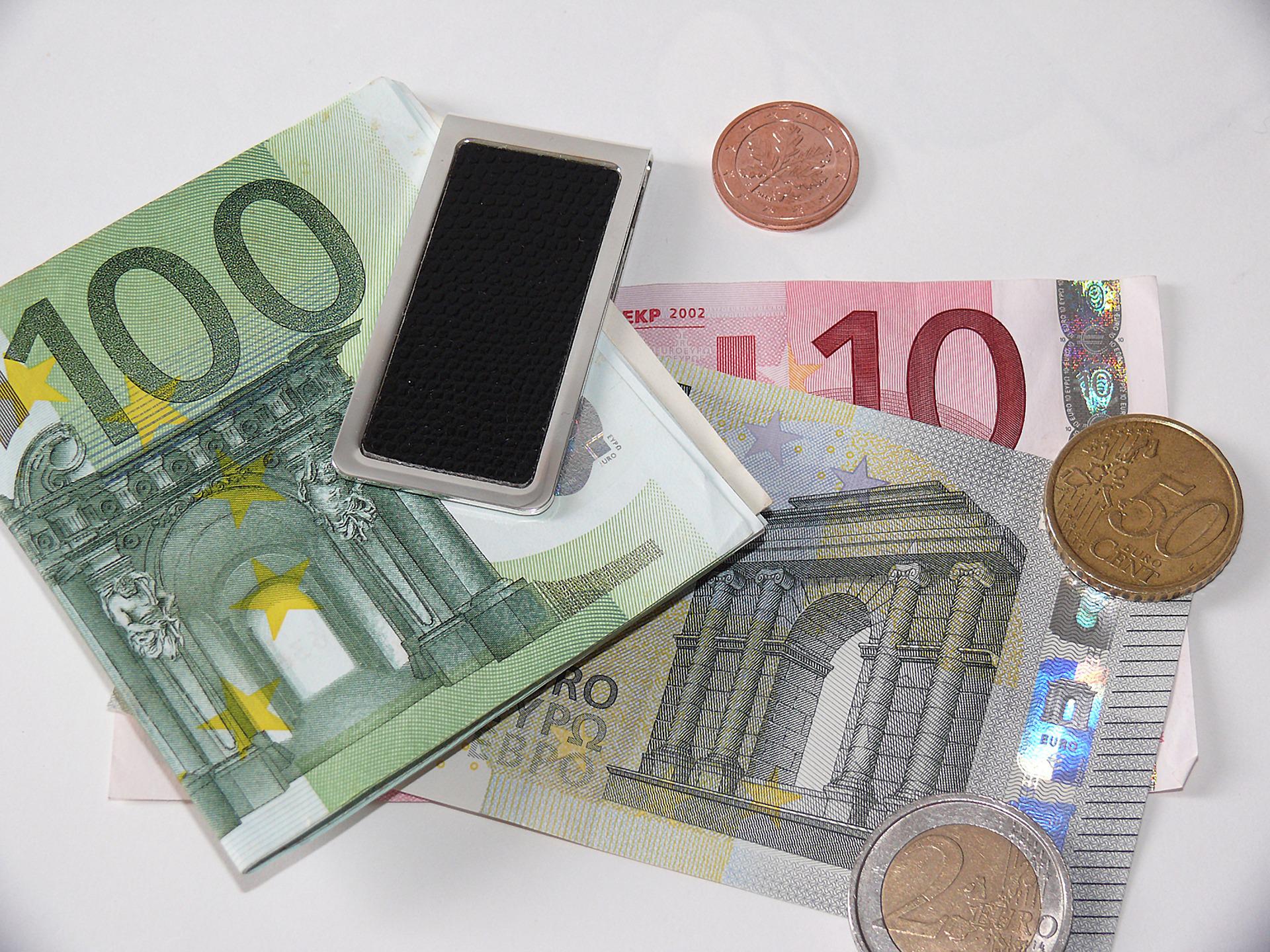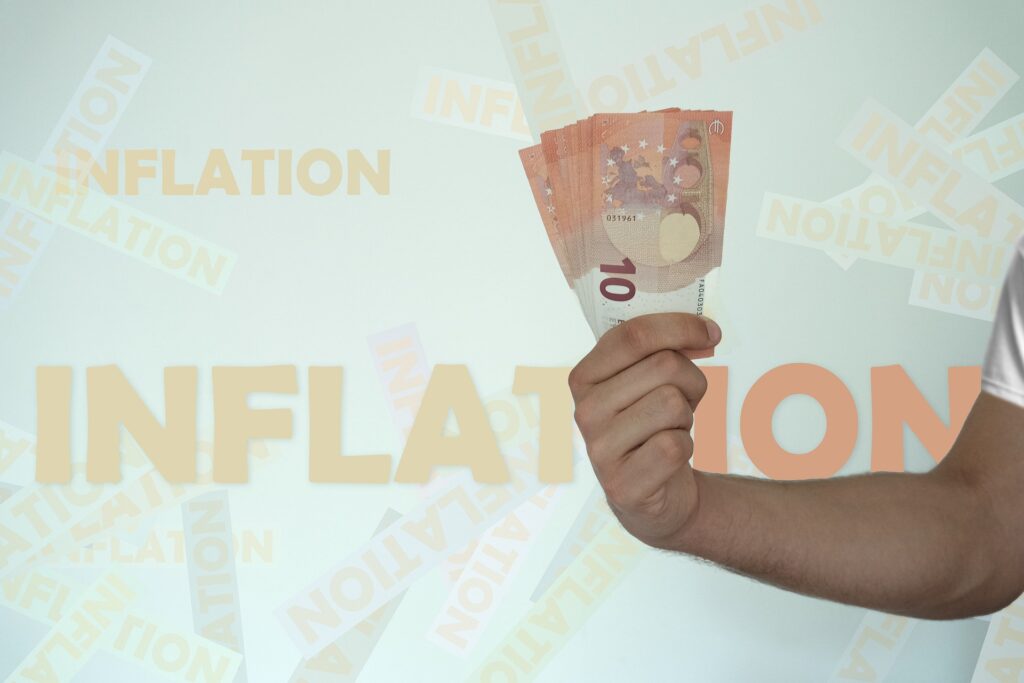Given the enormous inflation, the population is being supported with various measures. Below are the individual points of the relief package in detail.
- 6 billion packages to combat inflation
- Payments to be made this summer
The government presented a 6 billion euro anti-inflation package on Tuesday. The package includes short-term measures that will provide immediate relief to the population and long-term structural changes.
The measures will be implemented in a three-stage process: In the summer, the first step will be to ease the burden on those most affected by the current inflation – i.e., people with low incomes. In the fall, the relief will take effect across the board, as inflation is now clearly felt by the middle classes. From the beginning of next year, structural relief will provide a lasting boost to purchasing power.
All measures must be approved by parliament. Those with a short-term effect will be introduced in the next few days. The details are currently being worked out in the clubs of the governing parties. The individual points of the relief package are described in detail below.
- In August, 180 euros will be paid out for each child in addition to the family allowance.
- In September, 300 euros will be paid to low-income people, such as welfare recipients, the unemployed, and minimum pensioners.
- In parallel with the introduction of the CO2 price, 250 euros in climate bonus plus another 250 euros in the cost-of-living compensation will flow in October. This means that all adults living in Austria will receive 500 euros. For each child, another 250 euros will be added. The climate bonus is a compensation measure for the additional costs arising from the CO2 price. It consists of a base amount and a multi-stage regional compensation.
For 2022, the base amount was initially set at 100 euros. Depending on the place of residence, between 100 and 200 euros per person were envisaged. The lowest level is exclusively for Viennese residents; if you live in Graz or another larger city, you are in level two. The third tier is given to many surrounding communities. A good third of the population, mainly in rural areas, is entitled to the highest level. In this region, therefore, these regional distinctions are no longer valid this year and apply again until next year.
The increased family bonus (EUR 2,000 instead of EUR 1,500) and the additional child allowance (EUR 550 instead of EUR 450) will be brought forward to the entire year of 2022. Initially, July 2022 was planned. Payment is expected to be possible from September or October as part of the payroll roll-up or via the employee tax assessment for 2022.
Introduction of a one-time cost-of-living deduction for 2022 for EUR 500. Between 1,100 and 1,800 euros of income, the 500 euros will apply in full; below that, there will be a loop-in due to the SV cap, and above that, a loop-in regulation up to 2,500 euros. Payment is made as part of the assessment (2023) for pensioners as part of the current payroll accounting.
- Extension of the housing umbrella (protection against eviction).
- Digi-Scheck for apprentices (up to 3 times 500 euros per year) extended to 2024.
- Immediate measures for the economy (around one billion euros):
- Electricity price compensation of 200 million euros.
- Direct subsidy for energy-intensive companies for 400 to 500 million euros. The Ministry of Economics is working out details of the direct subsidy and electricity price compensation.
- Employee bonus of 3,000 euros free of tax and social security contributions (cost 300 million euros).
- source: APA/picture: pixabay.com
This post has already been read 1604 times!



